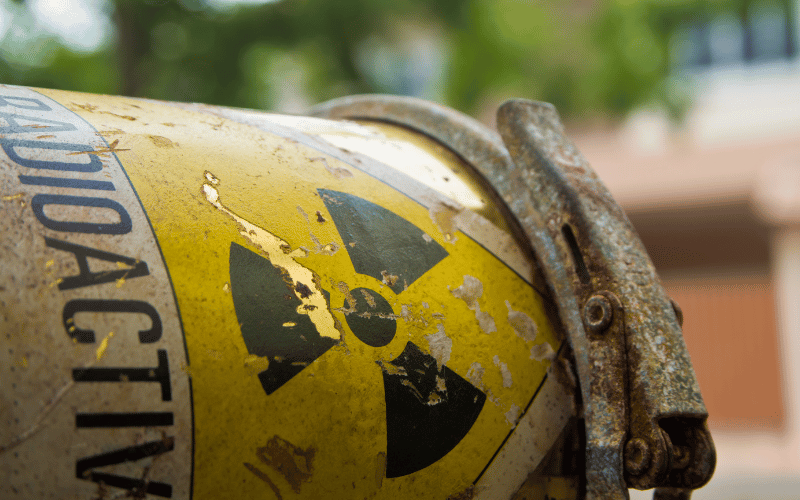3. Exposure to Radiation: The Silent Catalyst of Myeloma Growth

Radiation has long been a double-edged sword in the world of science and medicine. On one hand, it’s indispensable in various medical procedures and treatments. On the other, prolonged or excessive exposure is a known risk factor for several cancers, including multiple myeloma. Radiation causes damage at the cellular level, affecting the DNA and potentially leading to mutations.
Places with a history of nuclear incidents or testing often show higher rates of various cancers. While not everyone exposed develops cancer, the risk undeniably increases. The type of radiation, its intensity, and the duration of exposure play a role in this elevated risk. Unlike immediate symptoms like burns or radiation sickness, the risk of cancer can linger, sometimes manifesting years after the exposure.
Occupational hazards are another area of concern. Workers in industries involving radiation, without proper protective measures, might be at a heightened risk. It’s not just about massive doses but the cumulative effects of small, repeated exposures over time. These low-level exposures might fly under the radar initially but can have long-term implications.
It’s also worth noting that not all radiation is the same. Ionizing radiation, the type associated with nuclear reactions, is the one primarily linked to cancer. It possesses enough energy to remove tightly bound electrons, which can interfere with molecular structures, including DNA.
The narrative of radiation and its link to multiple myeloma is complex. While a direct, unequivocal link remains elusive, the circumstantial evidence is compelling. It serves as a cautionary tale, emphasizing the importance of safety measures and the potential long-term repercussions of radiation exposure. (3)